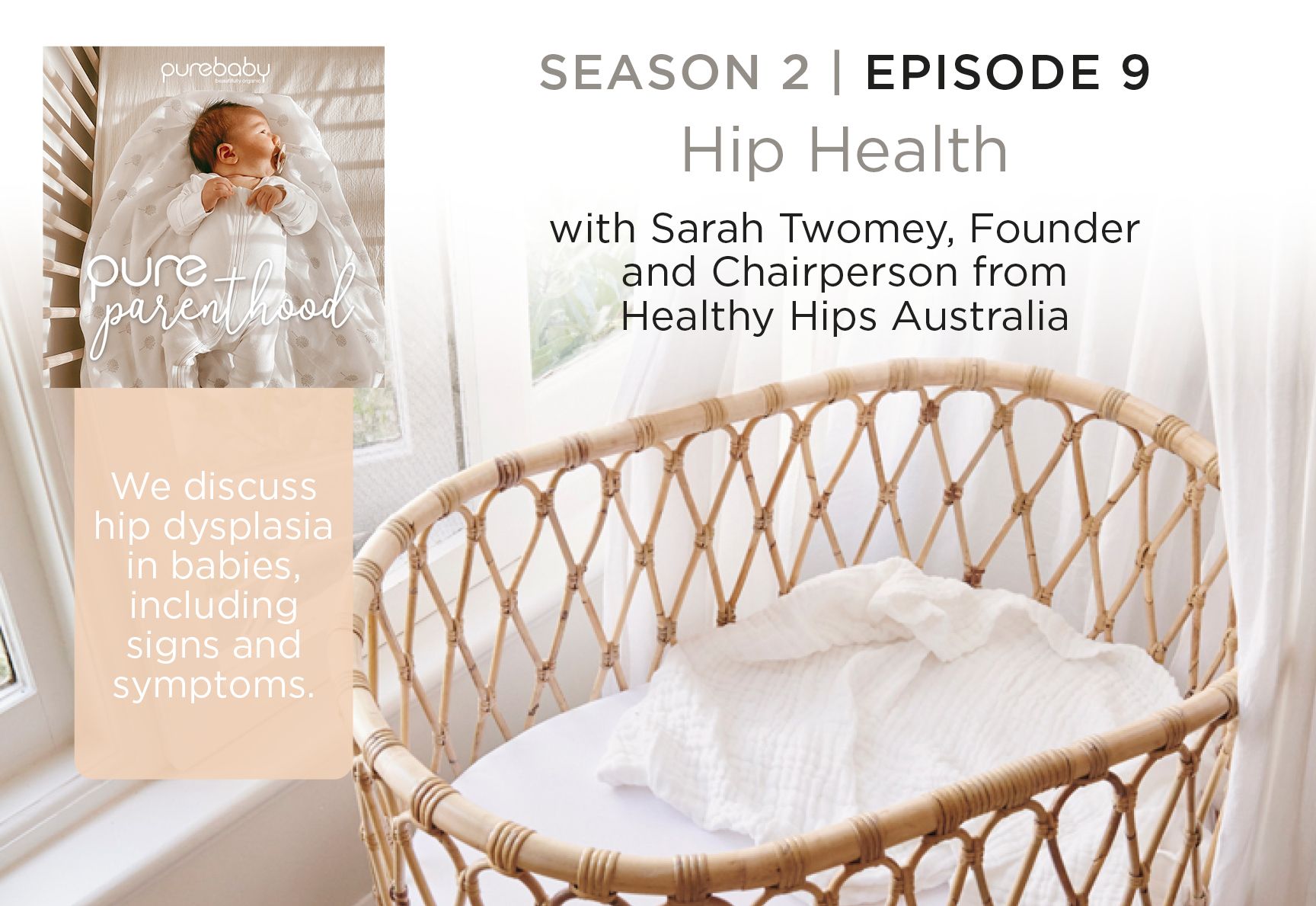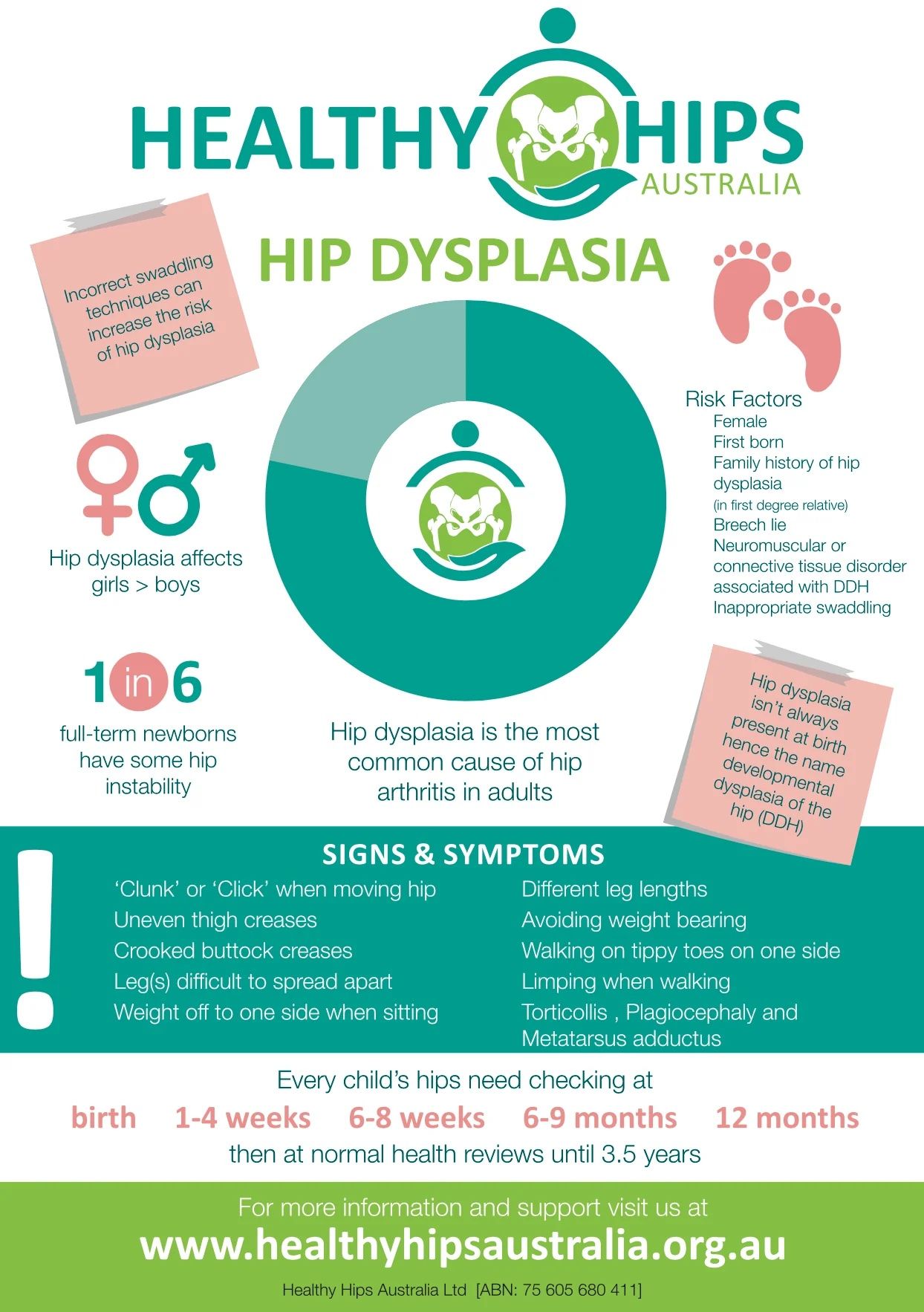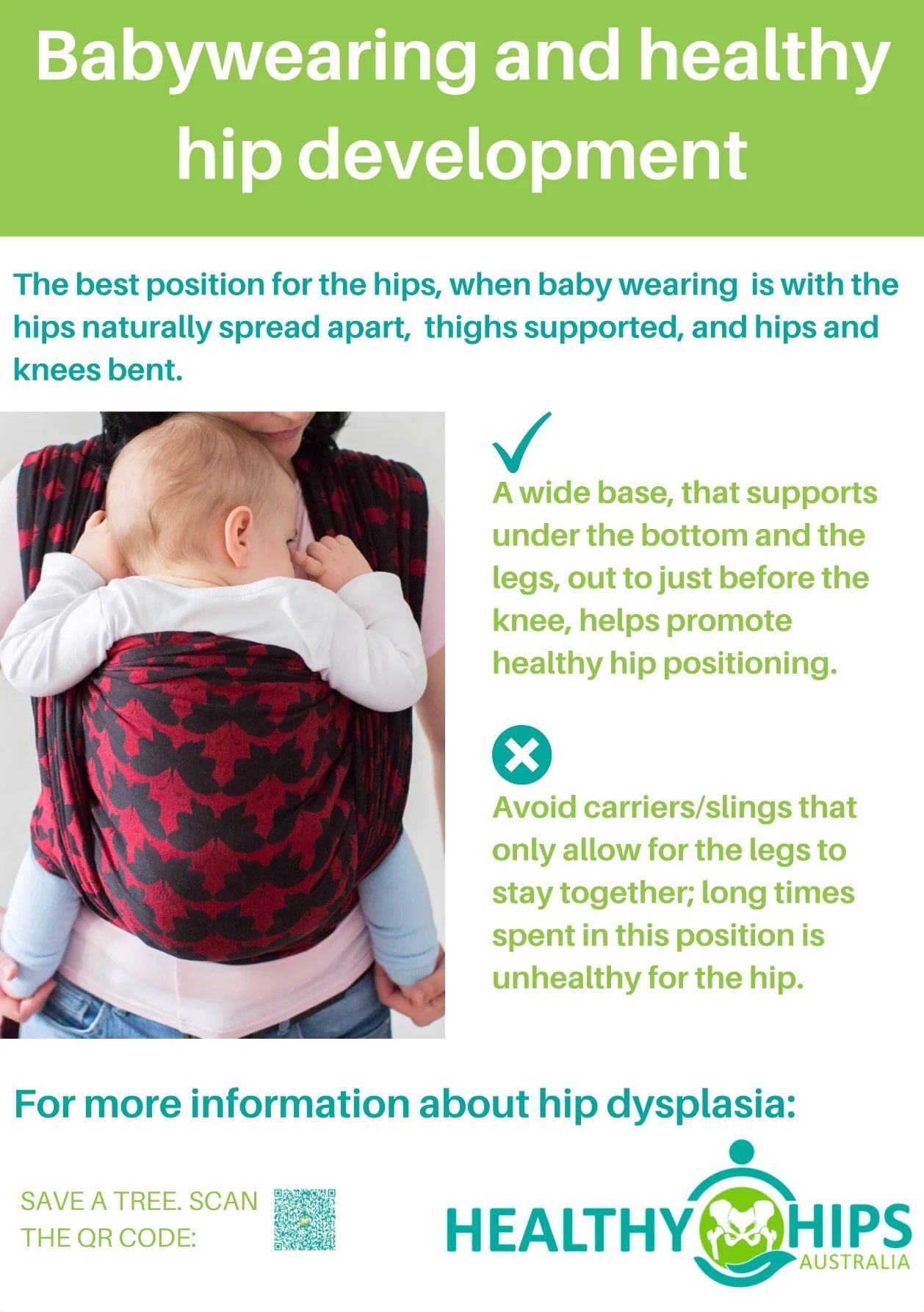
Newborn Baby Clothing Checklist
9 min read | 16 November 2021
7 min read | 25 April 2021


Hip dysplasia, also known as developmental dysplasia of the hip (DDH), is a common condition which occurs when the ball and socket of the hip do not fit together in their ‘normal’ position. Sometimes this is due to abnormal development and or a lack of growth of the hip joint. The condition can range from mildly immature hips that are loose, to fully dislocated hips.
Hip dysplasia can be difficult to detect. It is referred to as a silent condition as there may be no obvious signs or symptoms.
Difficulty spreading the legs apart (for example when changing their nappy) both legs should be able to open relatively easily
Extra buttock crease on one side or creases that don’t line up
'clunk’ / ‘click’ sound when moving the hip
Uneven thigh creases – although many babies have this without it being due to hip dysplasia
A limp, leg length difference or swayback are more relevant symptoms from walking age
Fortunately, in infants and children pain is not normally present, however it is the most common symptom during adolescence and adulthood.
The causes are still being explored, however we know that it develops around the time of birth, although it may not present until later if the sockets fail to deepen. Around the time of birth, mum is producing relaxant hormones to assist the birthing process, and this can cause loose hip ligaments in babies. It appears girls are more sensitive to this and they make up about 80% of hip dysplasia cases.
Having a family history of hip dysplasia
The position of a baby in the womb, with breech babies most at risk
Hip position during the first year of life
Birth
Prior to discharge if delivered in a hospital setting
At all routine maternal/child/family health nurse appointments right up until proficient walking and even as old as 5 in some states.
Never miss an opportunity to check the hips! The hip checks are relatively simple, they move the hips through their range of movement and feel for stability of the joint; many don’t even realise the hips have been tested, so I always say just ask!
Interestingly at birth, 1 in every 10 babies have loose hips but most of these resolve on their own and by 6 weeks of age. Only about 1 in every 100 babies will need further treatment.
Given hip dysplasia is quite broad in terms of ranging from immature hips through to dislocated hips, it is no surprise that the treatment varies a lot too. The vast majority of infant hips that need treatment will respond well to a harness or brace that is typically worn full-time for a period of 6-12 weeks of age, often followed by some part-time wearing.
If hips are stable but immature, they may even wait and watch to see how they develop so as to not over treat the condition. Hips that are fully dislocated may need surgery and a cast for 8-12 weeks. Fortunately, pain is not a common presentation with infants with hip dysplasia. They can however, be in discomfort whilst adjusting to their legs being in the frog-like position of the harness/brace or cast, and discussing strategies to address the pain with your treating specialist is best. Lots of cuddles always help both baby and parents too!
The take home message is that early diagnosis leads to the best results from treatment and decreases the risk of surgery. Left untreated it can lead to early onset arthritis and the need for an early hip replacement.
There are many benefits to swaddling during the first months of life; it provides security and comfort, and assists in settling and establishing sleep patterns. Research indicates inappropriate swaddling can increase the risk for hip dysplasia. So, when swaddling ensure that it is loose from waist to toe allowing for the legs to freely move in and out of the froggy position.
I always say think of your baby not like a burrito, straight up and down, but like a bell with the extra room at the bottom. This applies to the zip up swaddle pouches too.
Baby wearing is great for encouraging healthy hip development when the child is worn in a koala, M, jockey or frog-like position.

This article was written by Sarah Twomey, founder of Healthy Hips Australia, in conjunction with Season two, episode 9 of Purebaby’s podcast, Pure Parenthood.
To learn more about Healthy Hips Australia, visit their website, Instagram or Facebook.
Sign up to Pure Love Rewards and get $10 off your first online order, earn points every time you shop and more!